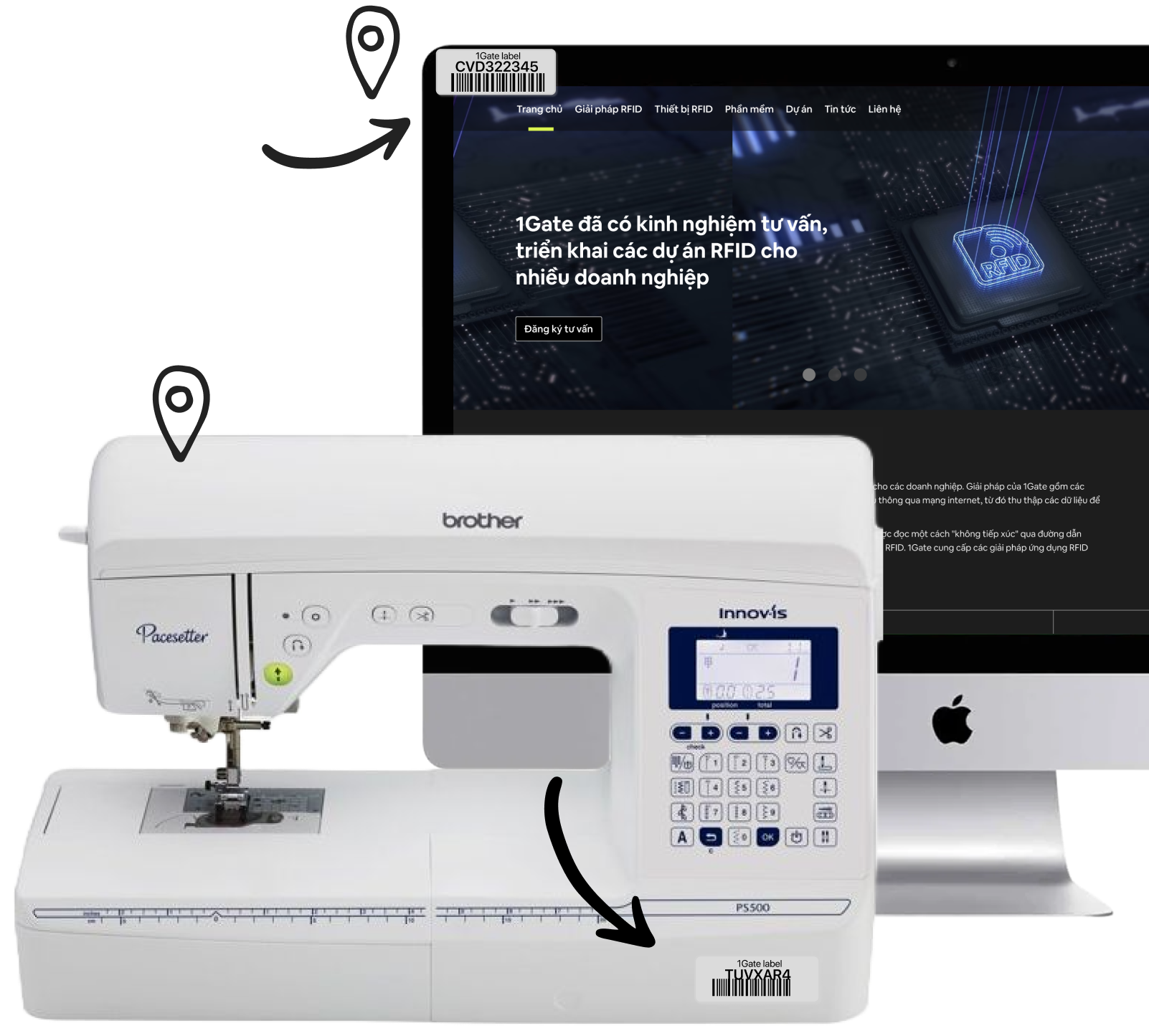
Asset Management Solution
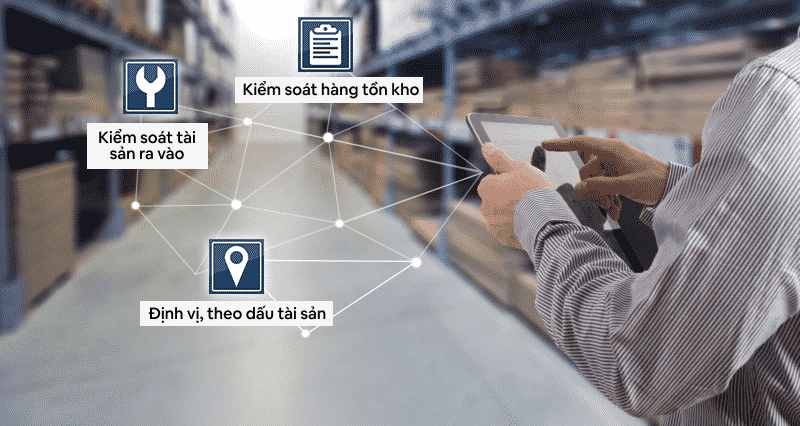

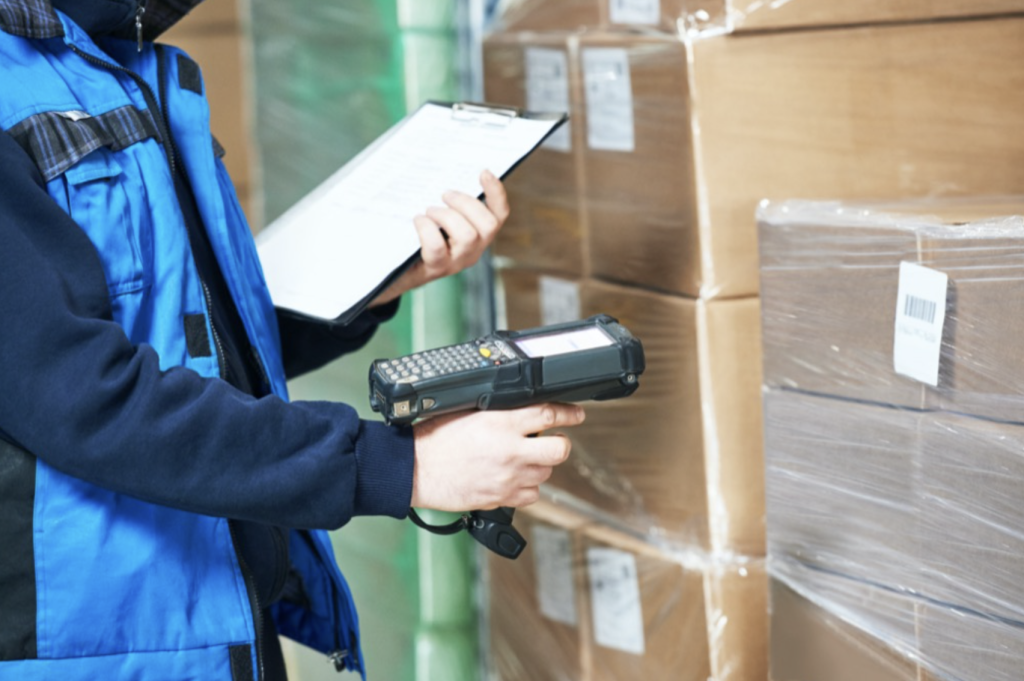
Challenges in Asset Management
Managing enterprise assets is becoming increasingly complex due to the growing volume of items and the need for accurate, efficient tracking. Common challenges include:
Hidden operational costs: Errors and delays in daily asset tracking can result in increased costs from losses, redundant asset purchases, higher labor expenses, and lost business opportunities.
Time-consuming inventory checks: A growing number of assets requires significant time and labor to conduct manual inventory, disrupting operations and business continuity.
Inaccurate data management: Discrepancies between actual asset data and reported figures result in time-consuming adjustments and unreliable reporting.
Difficulty in locating assets: Large volumes of assets make storage and tracking difficult, especially when assets are moved between departments or locations without a centralized system.
Misjudgment of asset utilization: Poor visibility into asset usage can lead to underutilization, affecting the company’s cost efficiency.
1Gate.EAM – RFID-Powered Asset Management Software
1Gate.EAM simplifies asset management through a smart system built on RFID technology. By tagging assets with RFID chips, managers can accurately and instantly track their presence, movements, and losses.
Key Benefits
Increased productivity
Automate inventory checks, save time on asset audits, and generate accurate usage reports effortlessly.
Optimized asset costs
Instantly check asset usage and availability by location or department to enable proper reallocation and maximize asset value.
Reduced loss and damage
Monitor asset status in real time to schedule timely maintenance or repairs, ensuring optimal performance and extending asset life.
Standardized asset workflows
Unify asset data across departments to reduce communication gaps and streamline internal processes.
How It Works
The RFID-enabled asset management system automatically captures and transmits data about asset location, usage metrics, maintenance status, and more—without the need for manual input.
System components
- RFID tags attached to each asset
- RFID readers (both fixed and handheld)
- Data server for processing and storage
- Asset management software for viewing, analyzing, and exporting reports
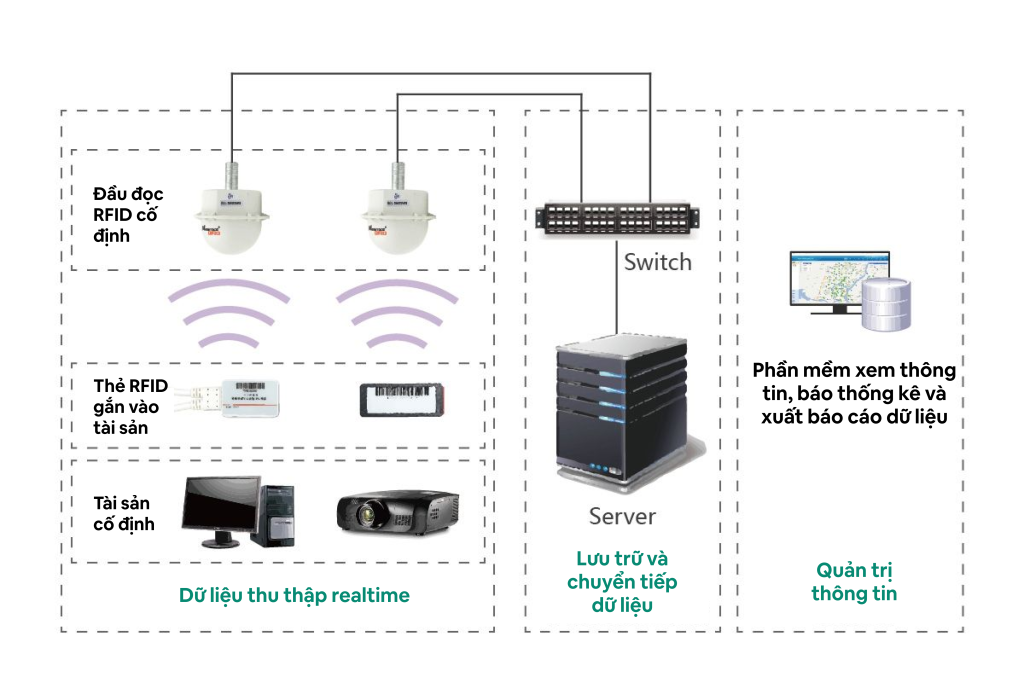
Benefits of the Solution
For Asset Managers
- Save up to 90% of inventory time
RFID technology drastically reduces the time and effort required for routine asset checks and inventory.
- Centralized request management
All asset-related requests—such as allocation, return, damage reporting, or loss—are recorded and handled centrally within the software, reducing delays and missed requests.
- Simple asset tracking and information access
All asset data is stored in one centralized system, allowing real-time lookup, updates, and access across devices.
- Proactive maintenance and repair
Instantly monitor asset status and schedule repairs or upgrades in a timely manner. Maintenance schedules are set in the system, with automatic reminders to ensure timely servicing.
For Business Owners
- Enhanced asset accountability
Transparent reporting of asset usage across departments promotes a stronger sense of responsibility in preserving company property, leading to fewer losses and damages.
- Data-driven decision-making
Gain real-time visibility into asset availability and utilization across departments, branches, and the entire organization—enabling more informed decisions on transfers, purchases, or disposals.
- Better budget planning
Plan asset investments and procurement more effectively based on predefined asset needs per position or department. Maintenance and repair schedules can also be aligned with asset types and operational priorities.
Applicable Industries
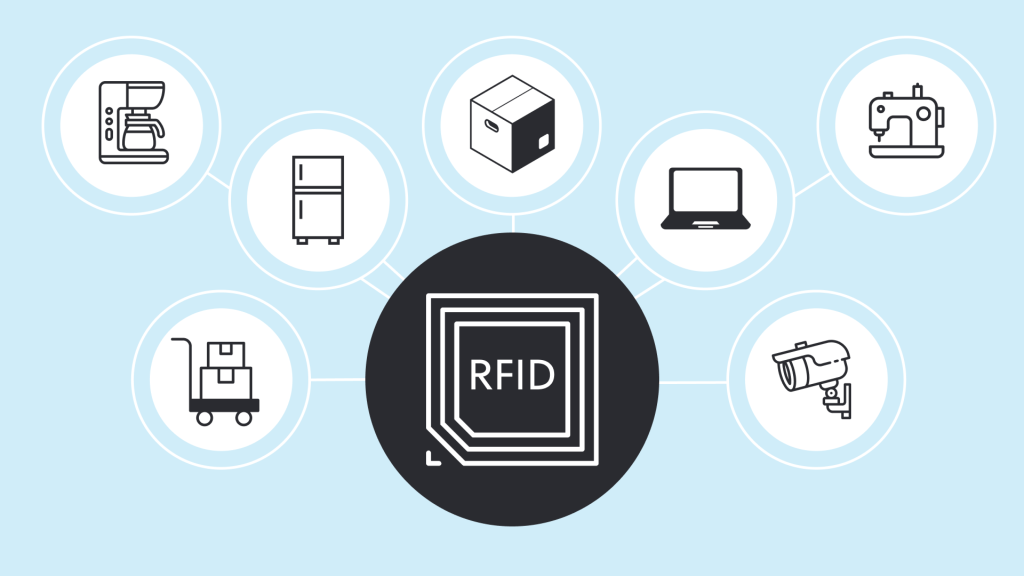
- Manufacturing
Asset tracking for production molds, tools, and equipment used in manufacturing processes such as chemicals, steel, and electronic components.
- Healthcare
Management of medical devices and diagnostic equipment in hospitals, clinics, and laboratories.
- Transportation & Logistics
Monitoring reusable transport assets such as pallets, cages, and racks throughout the supply chain.
- Hospitality
Managing in-room amenities, entertainment systems, decorative items, and artworks to ensure consistent guest experiences and asset upkeep.




